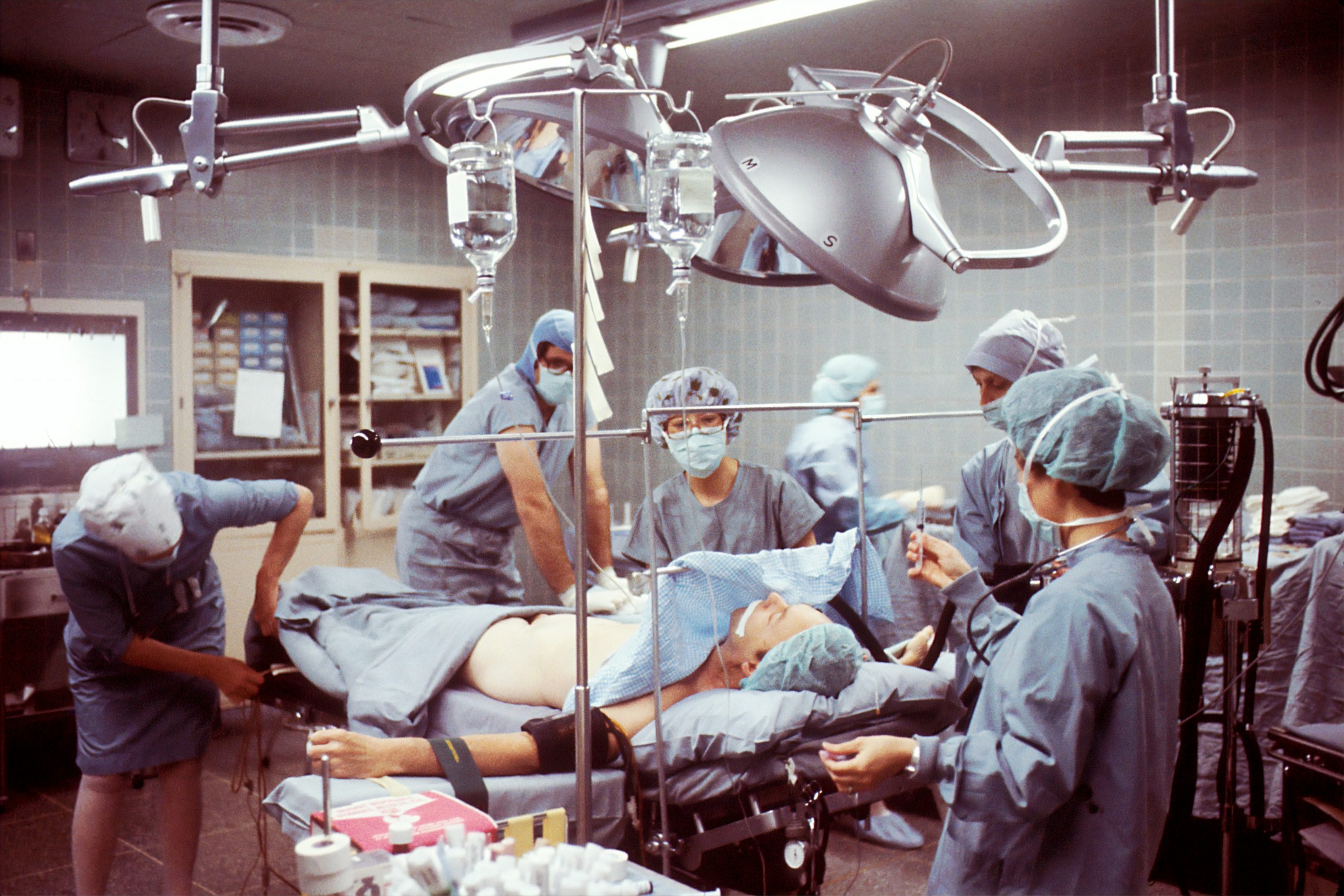
Minimally invasive surgery (MIS) has transformed the landscape of modern medicine, providing patients with a less painful, faster, and more efficient recovery process compared to traditional open surgery. Among the most significant advancements in this field are robotic-assisted techniques, which have further improved precision and outcomes. As the chief of minimally invasive techniques at a major medical institution, I’ve witnessed firsthand how robotics has reshaped surgical procedures and dramatically impacted patient care.
The evolution of robotic surgery has enabled surgeons to perform highly complex procedures with unparalleled accuracy, offering many patients the option for smaller incisions, reduced risk of infection, and quicker returns to normal activities. In this article, I’ll provide insights into the role of robotic surgery in modern healthcare, its benefits, and the future of minimally invasive techniques.
The Rise of Robotics in Surgery
Robotic-assisted surgery, which began to gain momentum in the late 1990s, has now become a staple in many surgical fields. The introduction of the da Vinci Surgical System in 2000 marked a significant milestone, allowing surgeons to perform delicate operations with robotic arms controlled by a console. The system provided greater precision, flexibility, and control than was possible with human hands alone.
Today, robotics are used in various specialties, including urology, gynecology, cardiology, and general surgery. These systems allow surgeons to make smaller incisions, significantly reducing the trauma associated with traditional surgeries. Additionally, the advanced camera systems on robotic platforms provide high-definition, 3D views of the surgical site, offering enhanced visualization compared to the human eye.
Robotics has opened new possibilities for procedures that were once considered too complex or too risky for minimally invasive techniques. Robotic surgery has enhanced the surgeon’s ability to treat a broader range of conditions by allowing for more accurate and less invasive interventions.
Improved Precision and Control
One of the primary benefits of robotic-assisted surgery is the unparalleled precision it offers. Engineers design robotic systems to eliminate the natural tremors in human hands, providing steadiness and exactness in procedures. This is particularly important in surgeries that involve sensitive structures, such as the prostate, kidneys, and heart. For example, in prostate cancer surgery, robotic systems allow for the precise removal of cancerous tissue while preserving surrounding organs and nerves, reducing the risk of complications like incontinence and erectile dysfunction.
The ability to make smaller incisions with robotic systems also means less damage to surrounding tissues. This reduces the overall trauma to the body, resulting in less postoperative pain, fewer complications, and a faster recovery process. Smaller incisions also reduce the risk of infection and scarring, which can be a concern with traditional open surgeries.
Additionally, robotic systems provide high-definition 3D visualization, enabling surgeons to see the surgical site in greater detail. This enhanced visibility ensures that delicate structures are more easily identified and preserved, further improving patient outcomes.
Faster Recovery and Fewer Complications
One of the most significant advantages of minimally invasive surgery is its significantly faster recovery time. Traditional open surgeries require large incisions, which take longer to heal and often result in extended hospital stays. In contrast, robotic-assisted procedures generally involve smaller incisions, which means less bleeding, less pain, and a quicker recovery.
Patients undergoing robotic surgery typically experience less postoperative discomfort and can return to normal activities much sooner. This is particularly beneficial for older adults and individuals with preexisting conditions who may be more susceptible to complications from traditional surgery. Additionally, reducing recovery time leads to lower healthcare costs, as patients can spend fewer days in the hospital and resume work and daily activities more quickly.
Fewer complications, such as infection, bleeding, and blood clots, are also associated with minimally invasive robotic surgeries. The precision of robotic systems and the smaller incisions they create reduce the likelihood of these issues, contributing to a smoother overall recovery process.
Patient-Centered Care and Satisfaction
One of the most rewarding aspects of robotic surgery is its focus on improving the patient experience. For many patients, the idea of undergoing surgery can be intimidating, but the advantages of minimally invasive techniques, such as shorter hospital stays and quicker recovery, offer peace of mind.
Patients also tend to report higher satisfaction with robotic-assisted procedures. Returning to daily activities quickly and with minimal discomfort enhances their overall experience. Moreover, the surgery’s precision and minimal invasiveness often result in fewer follow-up visits and less need for pain management, further improving patient satisfaction.
Additionally, robotic surgery allows for greater surgeon involvement in the procedure. Unlike traditional surgeries, where the surgeon must focus on managing the physical aspects of the operation, robotic systems will enable the surgeon to concentrate on the precision and strategy behind the procedure, thus improving the likelihood of a successful outcome.
The Future of Robotic Surgery
The future of robotic surgery looks incredibly promising. With advancements in artificial intelligence, machine learning, and surgical robotics, we are on the brink of even more significant breakthroughs. Future robotic systems may become even more intuitive, with enhanced AI capabilities that assist surgeons in real-time decision-making, identifying potential risks, and optimizing surgical strategies. Additionally, the continued development of more compact and portable robotic systems could bring the benefits of robotic surgery to more hospitals and medical centers, including those in underserved areas.
As technology evolves, we can expect even more procedures to be performed with robotic assistance. This will reduce recovery times, minimize complications, and improve patient outcomes across various surgical specialties.
Minimally invasive robotic surgery has transformed how healthcare providers approach surgery, offering enhanced precision, faster recovery, and improved patient satisfaction. As technology advances, robotic surgery’s role in modern healthcare will only grow. This means more options, better outcomes, and a brighter future for patients seeking to overcome complex medical challenges with less invasive treatments. As a chief of minimally invasive techniques, I am excited to see how the continued evolution of robotic surgery will shape the future of healthcare.